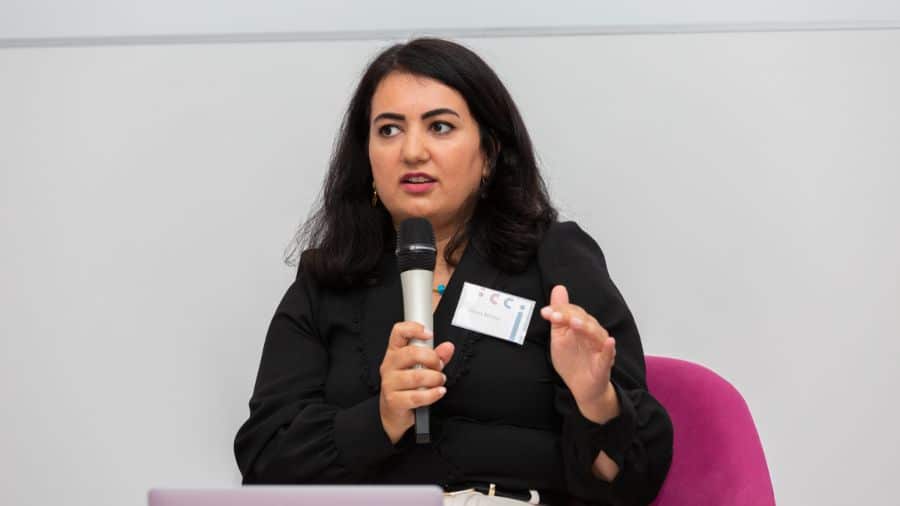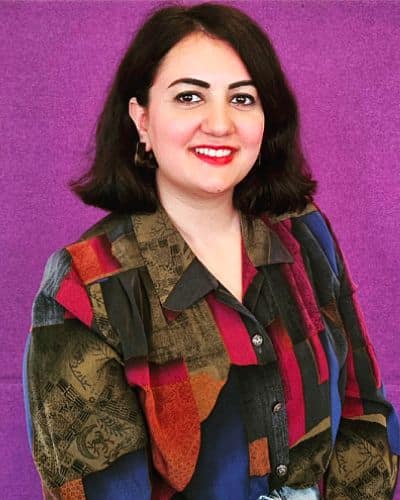The Supreme Leader of the Islamic Republic of Iran, Ayatollah Ruhollah Musavi Khomeini, ordered the execution of thousands of political prisoners under a secret religious decree. The massacre began on July 29 in Tehran’s notorious’ prison Evin and later in Gohardasht on July 30. Human rights organizations estimate that over the course of two months between 4,500 and 5,000 men, women, and juveniles were slaughtered in prisons across Iran in the summer of 1988.
The memory of the mass violence inflicted on the dissidents has been systematically suppressed in Iran. In this vein, the family members and the survivors were all silenced and were denied the right and space to honor the death of their loved ones publicly or to give them a ceremonial burial. As a result of this mass violence and repression, there has been limited access to the experiences of survivors and eyewitnesses since the 1980s. Several survivors and Iranian dissidents have written in the past year, even though it was dangerous for Iranians to write and share their personal stories in the Islamic Republic of Iran.
The thesis focuses on memorializing the 1988 prison massacre and remembrance by survivors and family members. This research uses data collected from mainly the grassroots movement, the Mothers of Khavaran, and the Iran Tribunal. Besides data obtained from the webpage of the Iran Tribunal, it also uses data from journals, memoirs, and documentaries. The data is used for quantitative analysis to understand the victim group’s narrative. The research question of the thesis is: How is the 1988 prison massacre being remembered, and what role does the Movement of the Mothers of Khavaran play in the collective memory of the mass atrocities committed by the Islamic Republic of Iran in the 1980s?
The thesis analyzes how Iranian society deals with (or ignores) memories of its violent and traumatic past. After the 1979 Iranian Revolution, the systematic suppression of all opposition began. Thousands of people were captured, tortured, and executed. The primary target was the leftists, but this purge meant that the rest of society got also terrorized by the new state. This suppression led to the grassroots organization initiated by family members of the victims to seek truth and justice and defend the human rights of their loved ones. The case study deepens the understanding of the social movement of the Mothers of Khavaran and the Iran Tribunal.
This thesis is both relevant and timely – even urgent – because of the trial of Hamid Nouri, a 61-year-old former prison official. He has been prosecuted for crimes against humanity in connection with the mass executions of Iranian prisoners. Nouri served as an assistant to the deputy prosecutor at the Gohardasht prison in Teheran, Iran, when the mass executions of 1988 took place.
This speech is part of the following panel:
Speech of Fatma Bulaz




